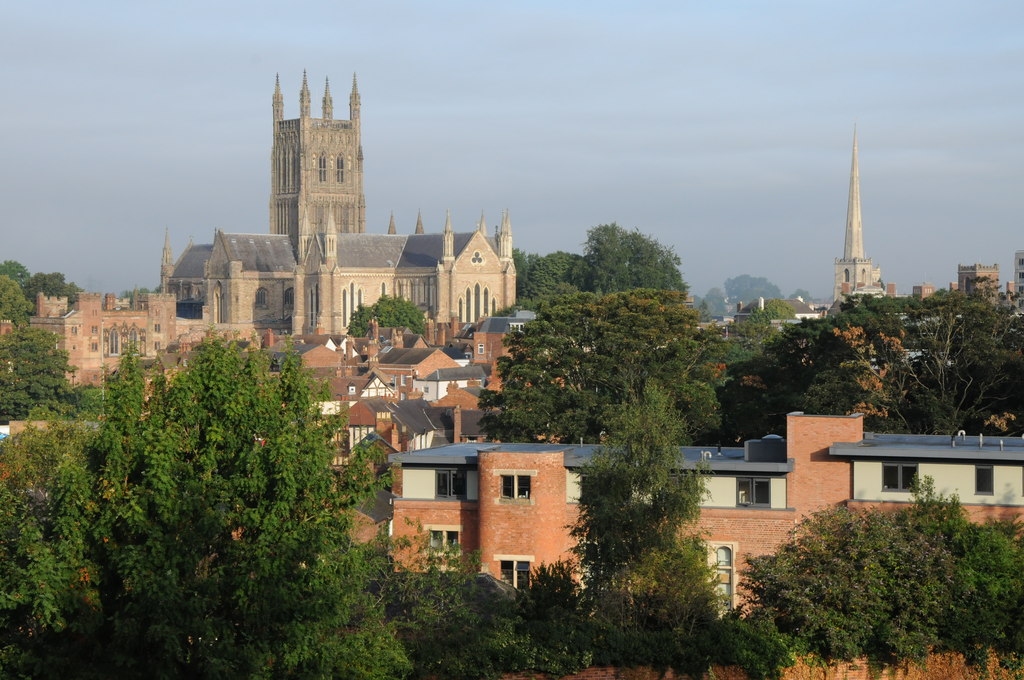United Kingdom
Worcestershire
Worcestershire borders Birmingham to the south and is one of the most notably rural counties in England, with only a few large centres of population. Although historically, the county possessed a number of industrial centres, including the city of Worcester and the town of Kidderminster, Worcestershire’s economy is now very mixed although primarily a mixture of services and agriculture with a declining proportion of industry. Industry in Worcestershire declined, in much the same way as in neighbouring Birmingham, because of technological changes and international competition from the 1970s.

Photo by Philip Halling, geograph.org.uk (CC BY-SA 2.0)

Photo by George Hiles on Unsplash
Youth in Worcestershire
The population in Worcestershire is demographically much less diverse than neighbouring Birmingham, being more than 90% white. Approximately 34% of Worcestershire's population is under 30 years old. It is estimated that 15% of the population is aged 18-29 and 10% of the population is aged 11-19. This figure is slightly below the national average, reflecting Worcestershire's older demographic profile compared to England as a whole.
Barriers to Youth Opportunity
A higher proportion of Worcestershire’s children (11-19) live in rural areas than in the rest of England. ‘Rurality’ influences both access to services and opportunities for young people. It has been noted that GCSE attainment (qualifications taken, usually at age 16) amongst Worcestershire’s disadvantaged young people is lower than nationally. In addition, there is evidence of pockets of particular sociodemographic and health disadvantage amongst young people locally.

